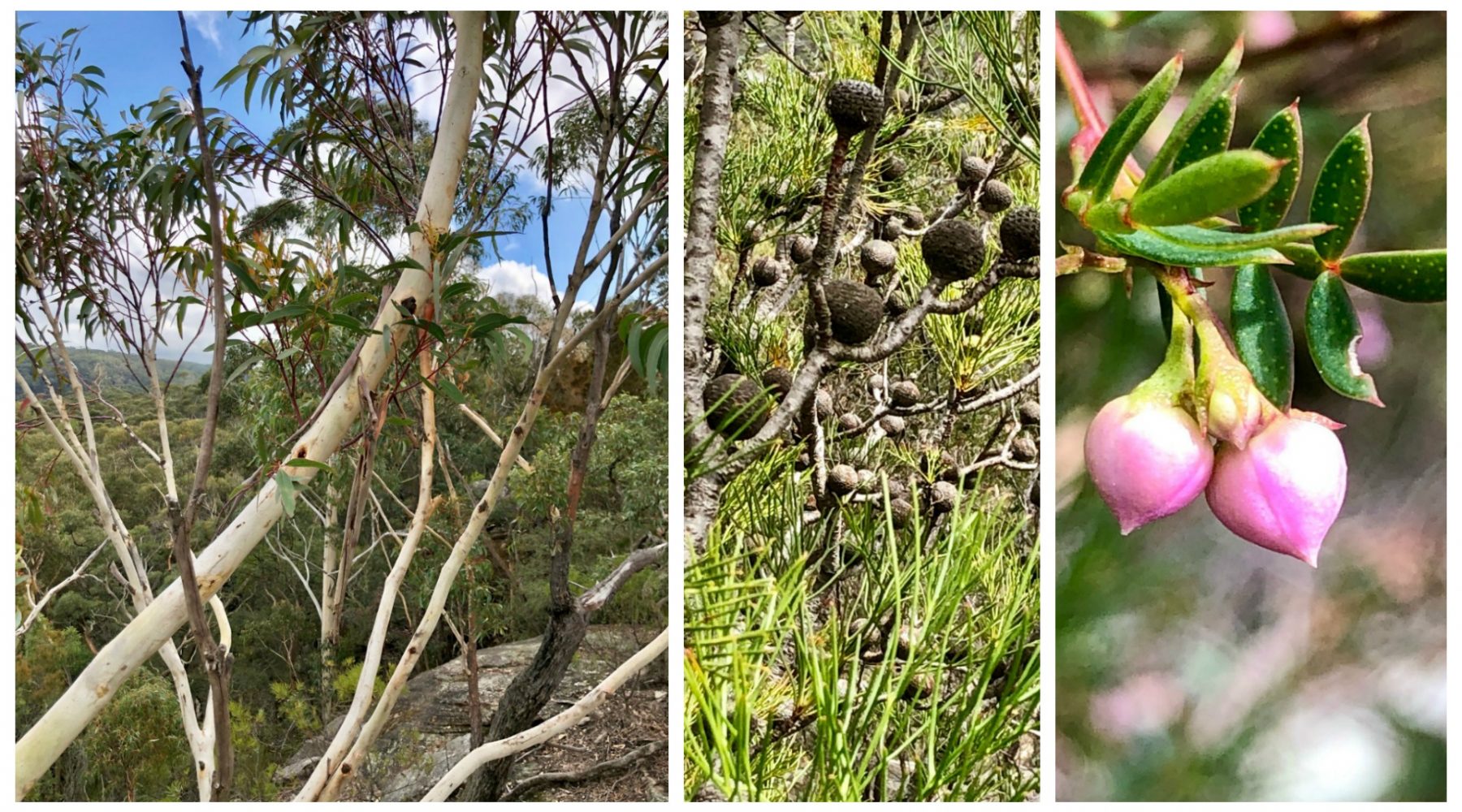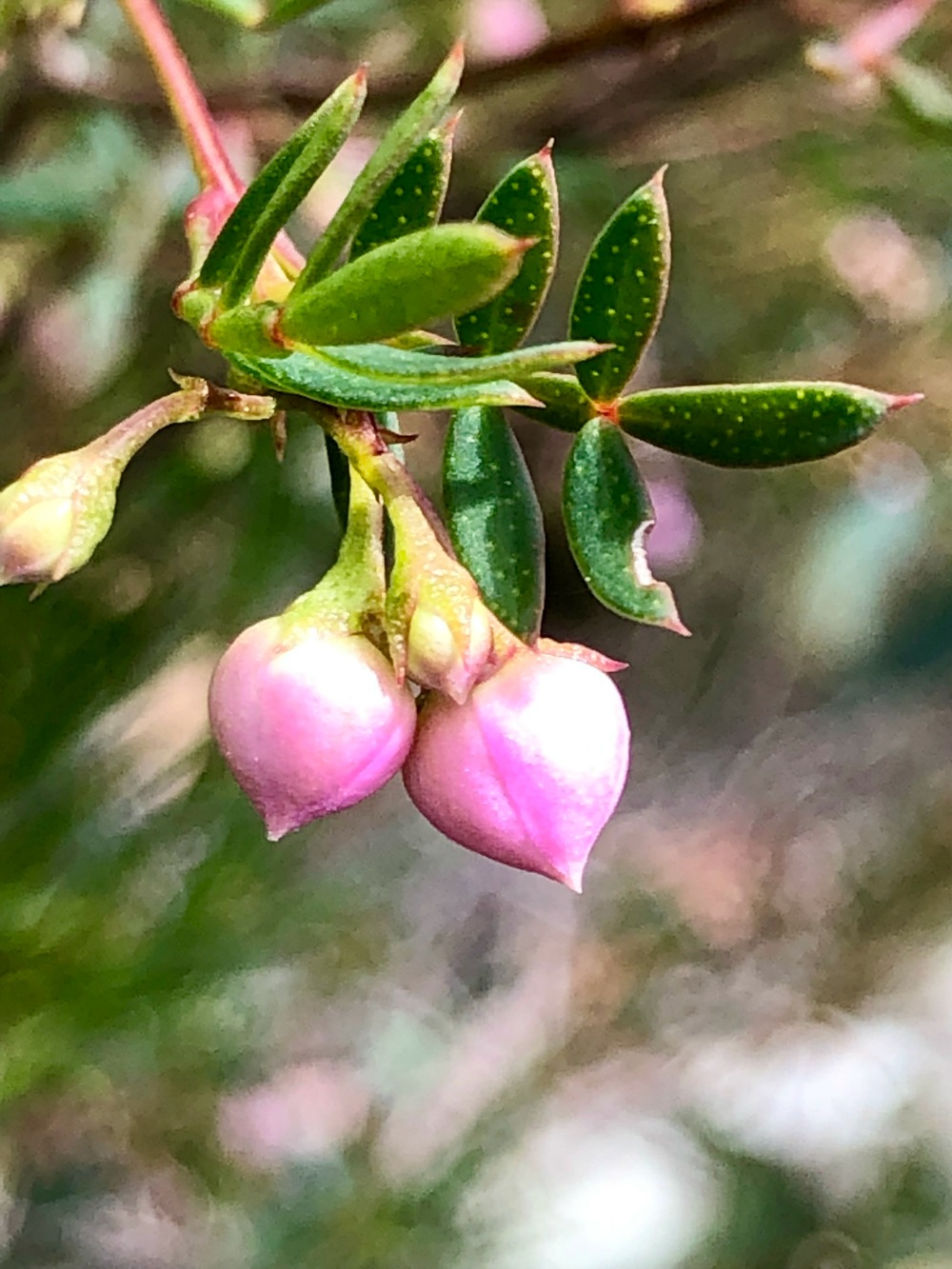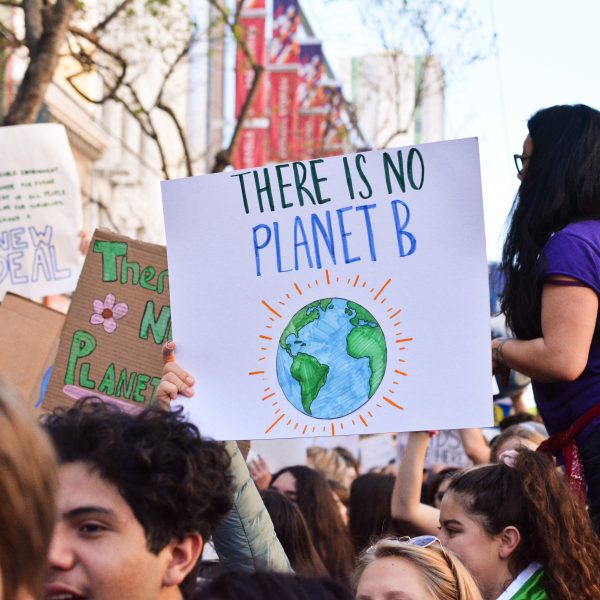Bringing about a change in the education climate

In late September, while children and businesses were striking and marching, I spent the day in Moreton National Park near Bundanoon, NSW. It was Day One of a three-day nature meditation retreat.
Within minutes of beginning, I was transported back to a state of childlike delight and wonder at the majesty of nature: each and every flower, leaf, gumnut and tree caught my eye.
The stillness and silence was broken only by the oceanic undulation of the sound of wind in the trees, and the chatter of birds speaking to each other and to anyone else who took the time to listen.
Everywhere I looked there lay sticks, hundreds of them, each one uniquely beautiful and on its journey back to earth. I wanted to pick each one up so that I could appreciate its perfect imperfection, and draw it or paint it, or just continue to hold it, to capture its energy.

The group leader had to come back to collect me, repeatedly, as I was constantly stopping to listen to some buzzing bees – or inspect the moss on a tree.
During one of the meditations I picked up the dullest thing I could find – a small sandstone rock covered in sand. Even this was beautiful – a fractal of the sandstone cliffs shimmering in the light. It came home with me, that I may contemplate further its fundamental beauty.
Practical applications – how to instill a sense of connection
In my early learning settings (Nesha owns and operates Top Ryde Early Learning, Ryde NSW), we teach the children about nature. Not because it’s in the NQF, or EYLF, or the UN Convention on the Rights of the Child – which it is, repeatedly – but because having an appreciation of, and passion for nature is one of the most wonderful gifts we can give our children.
Our little learners go on regular nature walks around the suburb to connect with the creeks, trees, rocks, animals and to learn about their environment. During these brief sojourns we talk about things that are of interest to the children: the life cycle of butterflies; the plastic rubbish in the creek; whether this is good food for the juvenile water dragons; and climate change.
Educators share our knowledge and investigate with the children; we find answers to their questions. We show them what they can do to make a positive impact and we express our awe and appreciation through art.
While I am indeed the ‘trippy hippy’ I seem to be in the preceding paragraphs – an ‘earth mother’ with teenage children who laugh at my conversations with the trees in the yard (talking to the tomatoes does make them grow better!) – I am also an academic, a scientist who demands evidence-based research when formulating opinions about what is going on in the world around me.
Teaching through fear, or teaching through love?
We teach children gross motor skills not through labour or fear, but through fun and play. Road safety is not taught by being thrust into oncoming traffic in order to learn from the results rather than from safe instruction. In our acknowledgement of the first Australians, rather than fill our children with shame and guilt, we celebrate their custodianship of, and connection to, the land. And we are thankful that we can live and learn and grow in the same way that the First Australian children did.
It is through this lens that climate change can be considered as a teaching opportunity, sometimes intentional, but often responding to the inquiries of a child. This allows us to tailor our messaging to ensure that what is being taught is targeted and appropriate to the specific needs of the children in question.
What this looks like in practice is obviously quite diverse and appropriately contextualised, ensuring that the teaching opportunity is both effective and also helps to develop awareness of their impact on the world within which they live.
There are positive, encouraging ways to teach children about climate change, to give them a sense of agency and purpose, and to fuel their desire to interact positively with the earth.
As always, the carrot is a better motivator than the stick (or even the fear of the stick). Should we lecture them about the damage to the environment done by using a plastic straw? Or instead role model positive behaviours, picking up discarded straws (“take three for the sea”), and then celebrate the fact that when we make good environmental choices, the water dragon babies can eat everything they can see and grow strong and healthy?
The science of learning
The psychologist in me will bore you with the science behind learning – that physiologically, in order to learn, one should be in a state of hope, not fear… in a state of love, not hate; laughing, not crying.
To evoke this state in children, we start back at the beginning, instilling a sense of awe, wonder and appreciation – to help them find happiness and stillness and fulfilling excitement in the world, through nature. Nature is certainly more reliable at creating a healthy ‘high’ than wifi – despite what my teenagers say.
My peace each day is reset by walking to the front of my house and watching the bees busily buzz in the almond blossoms. Following them from one beautiful flower to the next takes me to a calm and meditative state – one which enables me to harness my resources in order to deal with the challenges of the day.
So, should we be teaching children about climate change? Or ignoring their questions?
Young children are not immune to the conversations that concern adults across the globe. If they’ve seen Ice Age they already know a little about global warming. We shouldn’t just shut them down and say “that’s a topic to be discussed when you’re an adult”. But nor should we let them fall into a state of anxiety.
Our children should be empowered to understand that they can do something positive. Teaching children to appreciate nature is, in fact, allowing children to be children, enabling them to develop and grow utilising their own innate curiosity, and ability to observe and learn from the world around them.
Moreover teaching children a “growth mindset”, how to adapt and persevere, and how to bring about positive change, is giving them the life skills to survive and thrive in an ever-changing world.
The Australian Psychological Society has produced some useful resources for parents and educators, which offer guidance about how to talk to young children about climate change and the need to protect the environment, framing it in a way that inspires rather than alarms. These resources are available here and can help advance the conversation.
Popular

Workforce
Policy
Quality
Practice
Provider
Research
ECEC must change now, our children can’t wait for another inquiry
2025-07-02 07:47:14
by Fiona Alston

Events News
Workforce
Marketplace
Practice
Quality
Provider
Research
An exclusive “Fireside Chat” with ECEC Champion Myra Geddes
2025-07-01 11:25:05
by Fiona Alston

Workforce
Practice
Provider
Quality
Research
Supporting successful transitions: Big moves, big feelings
2025-06-26 11:00:30
by Fiona Alston













